Vegetables that start with W are a wide range of veggies for you to study. Most of these vegetables are so popular that you must have heard of them at least once.
However, you may see a couple of names of W-starting foods for the first time.
These vegetables belong to several types, namely fruit vegetables, leaf vegetables, root vegetables, stem vegetables, and fruit vegetables.
The majority of these greens are culinary vegetables, but you will find a “W” veggie that is not cooked but often blended into beverages.
For each W-beginning vegetable, I will show you details about its look, texture, and flavor, probably alongside available varieties. Read on, and you will find a lot more valuable insights into “W” vegetables, along with the fruits that share the same concept.
13 Interesting Vegetables That Start with W with Filters
Discover the abundance of W-starting vegetables with a helping hand from the filter system, allowing you to view them as veggies used for beverages, dishes, and garnish.
Also, there are even a few options considered to be exotic or fruit vegetables.
Wasabi
- Exotic
- For Garnish
Wasabi is a Japanese horseradish with the stem being the wasabi part used in culinary applications. This pungent spice is a vibrant green paste or grated root, with the green color quickly fading when exposed to air.
Wasabi primarily comes in two main varieties, “hon-wasabi” and “sawa-wasabi.” Hon-wasabi, or “true wasabi,” is cultivated from the rhizome of the wasabia japonica plant, while sawa-wasabi is Japanese horseradish cultivated in water-rich environments.
Freshly grated wasabi has a slightly grainy texture, with the paste form having a smoother profile. It can be thick or thin, depending on how it’s prepared.
Wasabi is renowned for its intense, sinus-clearing heat and spicy flavor. Its unique taste is often described as a combination of mustard and hot horseradish with a hint of herbal and earthy notes.
Water Chestnut
- For Dishes
Water chestnut is a root vegetable in Asia and tropical Africa with the commonly consumed variety being the Chinese water chestnut. These chestnuts have smooth, tan-to-brown skin that encases white, crisp, and juicy flesh.
The skin is often peeled before consumption, offering a mild and slightly sweet flavor. They are often sliced or diced for adding to Asian dishes, particularly in Chinese and Thai cuisines.
Watercress
- For Dishes
- For Garnish
Watercress is a leafy green vegetable originating in Ancient Greece and belongs to the mustard family. They feature small, round, or oval-shaped leaves with vibrant green color, while the stems and leaves grow in a dense, bushy arrangement.
In general, the leaves and stems of watercress are tender, succulent, and crisp, offering a satisfying crunch when bitten into. Meanwhile, the flavor is peppery and slightly bitter, making them ideal in Western salads, and sandwiches, or as a garnish for soups and savory dishes.
It pairs well with ingredients like smoked salmon, bacon, and goat cheese.
Wax Beans
- For Dishes
Wax beans are a type of edible legume, often called yellow beans or butter beans. These beans are elongated, slender pods that are typically yellow or green.
They closely resemble green beans but are distinguishable by their yellow color when cooked. These beans have a tender, crisp texture, while also boasting a mild and slightly sweet flavor with a subtle nuttiness.
Welsh Onion
- For Dishes
- For Garnish
Welsh onion, also called spring onions or green onions, is a root vegetable native to China. They have long, fat stalks and small, round, or oblong bulbs at the base.
The stalks are green, and the bulbs can be white, red, or purple. Furthermore, Welsh onion stalks are crisp and tender, while the bulbs have a slightly crunchy texture.
Welsh onions have a mild and sweet onion flavor with a hint of garlic. They are frequently used in various Asian dishes, such as stir-fries, noodle dishes, and soups.
White Radish
- For Dishes
- For Garnish
White radish is a daikon radish, a type of root vegetable having a long, cylindrical shape with white skin. Under the skin, the inner is crisp and white, which becomes softer when cooked.
With a mildly spicy and slightly peppery flavor, white radish is a staple in dishes from Japan, China, Korea, and Vietnam. It is used in various ways, including as a raw garnish for sushi, sashimi, and salads.
Wild Celery
- For Dishes
- For Garnish
Wild celeries are tall, hollow stems with segmented leaves that go by various names, like water celery, marsh parsley, and Indian celery. Thrives in the Mediterranean region, these fragrant greens are crisp and tender when consumed fresh.
The stems are hollow and can hold water, giving them a succulent quality. Wild celery has a distinct and robust bitter flavor that is reminiscent of celery but with earthier and more intense notes.
In America, wild celery is often used in soups, stews, and salads. It can be a valuable ingredient for enhancing the flavor of traditional dishes.
Wild Garlic
- Exotic
- For Dishes
- For Garnish
Wild garlic is a leafy vegetable also called ramsons, bear’s garlic, or ramps. Native to Europe and Asia, wild garlic features broad, lance-shaped leaves that are bright green and glossy. It produces small, star-shaped white flowers.
The leaves of wild garlic are tender and somewhat delicate, with a soft and slightly waxy texture. Wild garlic is prized for its intense garlic flavor and aroma, they offer a robust garlic taste that is both pungent and earthy.
Wild garlic leaves are frequently used to make pesto, a delicious and aromatic sauce. It can be used as a condiment for pasta, sandwiches, or grilled meats.
Winged Beans
- Exotic
- For Dishes
- Fruit Vegetables
Winged beans, commonly referred to as asparagus peas, are a legume from South Asia easily recognized by their long, green, slender pods with four distinct wing-like edges running along the length of the pod.
The pods are crisp and tender, providing a subtle, grassy, and nutty taste.
Wheatgrass
- Exotic
- For Beverages
Wheatgrass is a nutrient-rich plant in Asia, particularly in Iran and India. As a leafy green, wheatgrass is derived from the common wheat plant, consisting of young, tender shoots that are bright green and resemble thick blades of grass.
They are usually harvested when they are around 7 to 10 inches in height for a fibrous and somewhat coarse texture due to their grassy nature. As for the flavor, wheatgrass is fresh, earthy, and sweet.
Wheatgrass is not commonly used as a culinary ingredient in traditional cuisines. Instead, it is primarily consumed for its health benefits, featuring as a part of juices and powder products.
White Asparagus
- Exotic
- For Dishes
- For Garnish
White asparagus is believed to have originated in Europe, particularly in regions like France and Germany. They are essentially the young shoots of the asparagus plant before they turn green.
Similar to green asparagus but with a distinct pale or ivory color, it is due to the way it’s grown, having the spears covered and protected from sunlight, preventing the development of chlorophyll.
White asparagus has a slightly fibrous texture and is more tender than green asparagus. Besides, the taste of white asparagus is similar to its green counterpart but milder.
Winter Squash
- For Dishes
Winter squash is from the gourd family and includes a wide range of varieties. Often, they have a firm and slightly grainy texture when cooked.
The texture can range from somewhat dry, as in the case of butternut squash, to more stringy and noodle-like in spaghetti squash. Also, winter squashes offer a sweet and nutty flavor profile, perfect for making soups and stews.
Water Spinach
- For Dishes
Water spinach is a leafy green vegetable that originates from Southeast Asia. This versatile vegetable goes by various common names, including kangkong in the Philippines, rau muống in Vietnam, and kalmi saag in India.
With long, hollow stems, and arrow-shaped leaves, the stems have a vibrant green or white color with a succulent and crisp texture.
Water spinach offers tender leaves and stems, making them suitable for quick cooking methods like stir-frying. Also, the mild, slightly sweet taste with a hint of earthiness is what this vegetable brings to any dish.
What Are the Fruits Start with W?
Here are the fruits that start with the letter W just for you to check out:
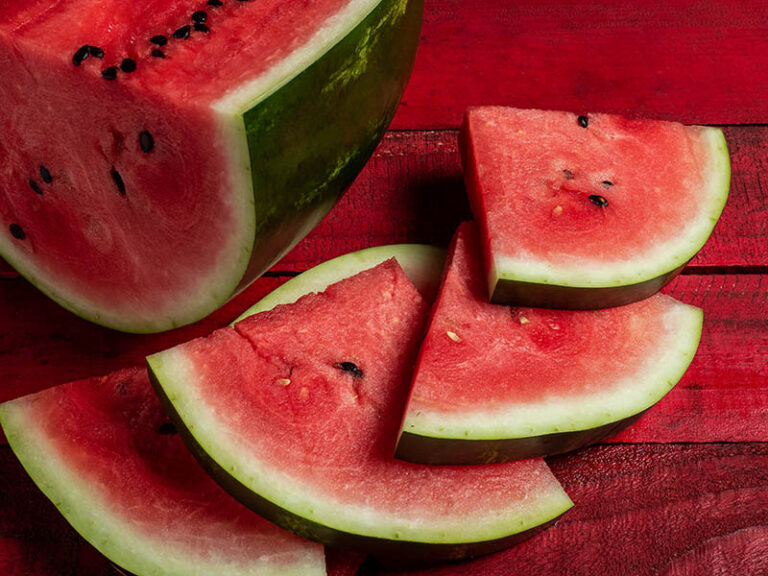
Watermelon
Watermelon is a large, juicy fruit known for its refreshing sweetness and hydrating properties, perfect for hot summer days.
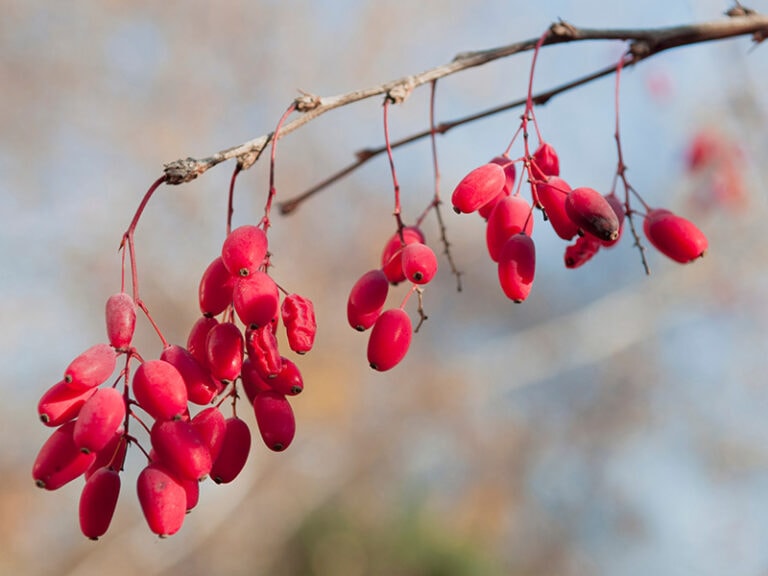
Wolfberry
Wolfberry, also known as goji berry, is a small, red fruit prized for its nutritional benefits and sweet-tangy flavor, used in traditional medicine.
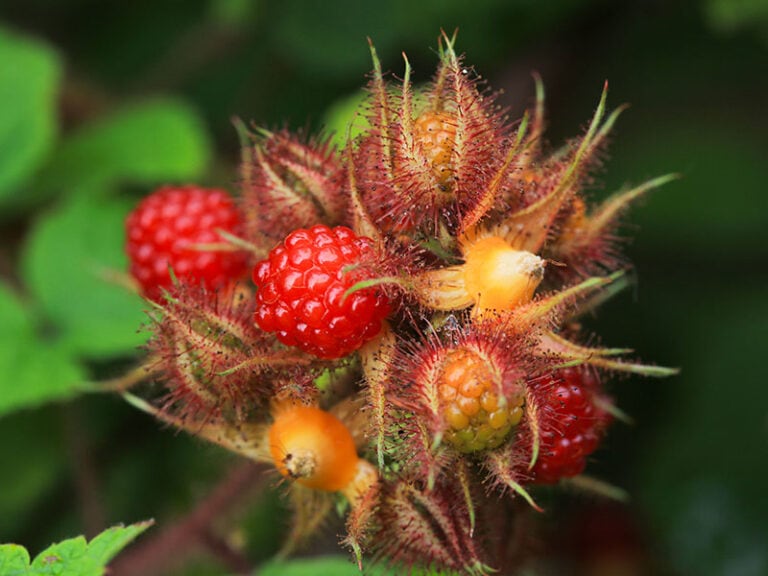
Wineberry
Wineberry is a wild berry with a sweet and tart flavor, resembling raspberries, used in jams, desserts, and wines.
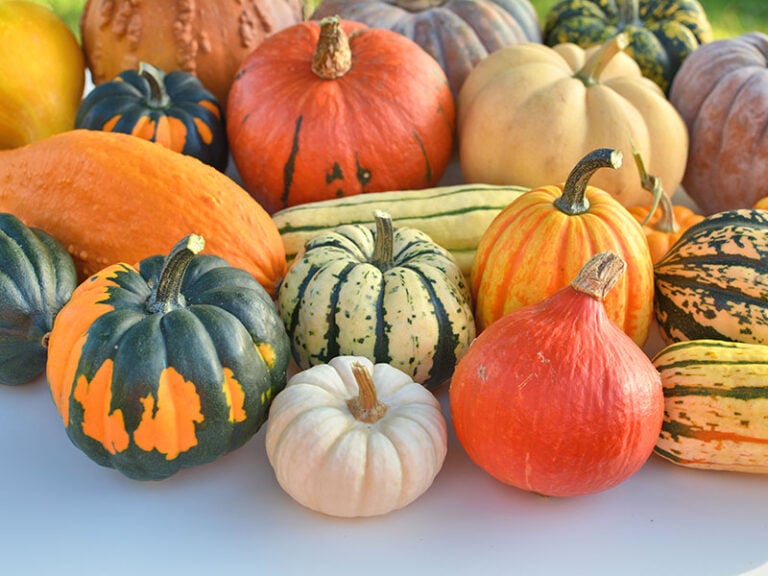
Winter Squash
Winter squash is a term for various squash types harvested in autumn; their sweet, nutty flesh is used in soups, roasts, and pies.
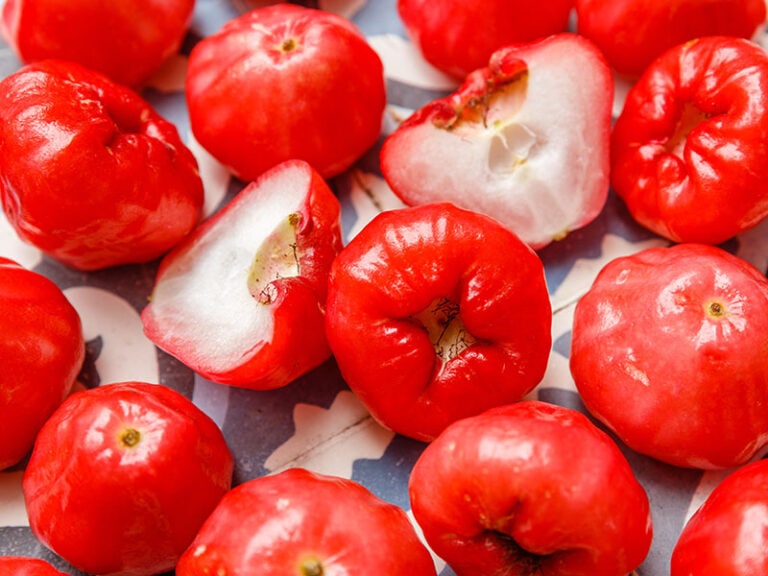
Wax Apple
Wax apple, also known as rose apple, is a tropical fruit with a crisp, watery texture and a mild sweetness, shaped like a bell.
Remember to pay a visit to some more fruity picks that start with W to further more extend your understanding for the topic.
Are you interested in these vegetables beginning with W? Please make sure to let others know about these vegetables that start with W and leave some comments about these picks too.
There are other vegetables with other letters worth exploring. So keep reading to learn more!


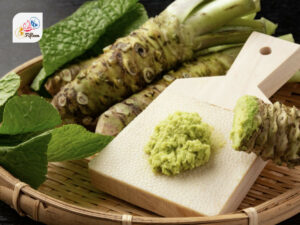
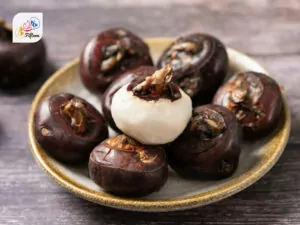
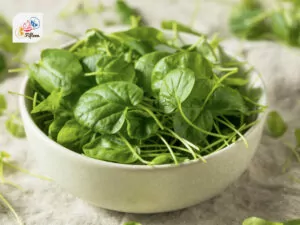
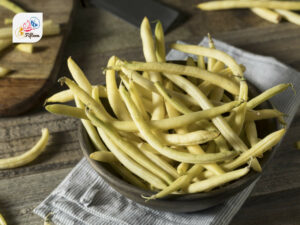
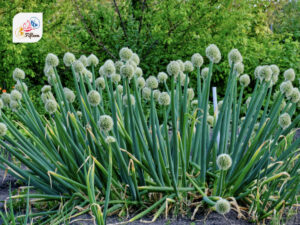
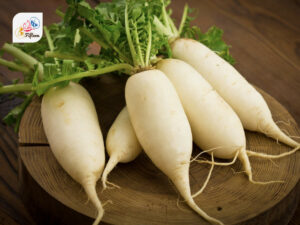
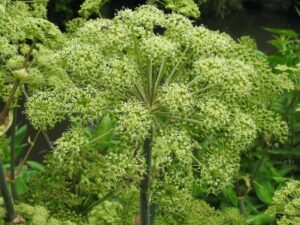
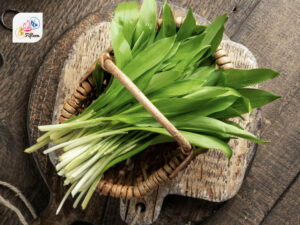
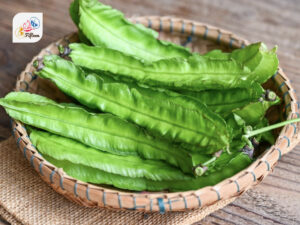
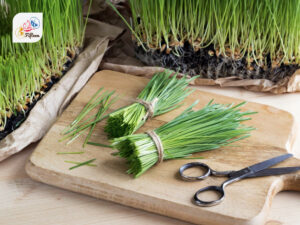
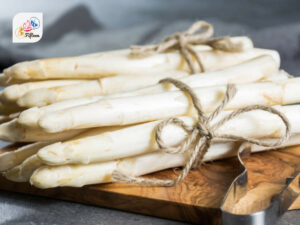
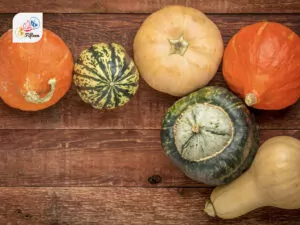
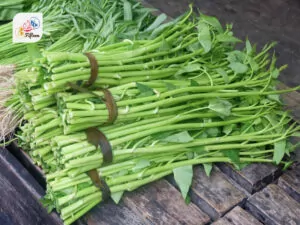
Jamie Scott
Editor in Chief, Senior Content Writer
Expertise
Home Cooking, Meal Planning, Recipe Development, Baking and Pastry, Food Editor, Cooking-video Maker, Western Food Evaluation Expert
Education
Le Cordon Bleu College of Culinary Arts
Local Community College, New York, NY
Jamie Scott is a skilled culinary expert and content creator specializing in Western cuisine. With over 15 years in the culinary field and formal training from Le Cordon Bleu, Paris, Jamie deeply understands how to blend nutrition with delicious flavors. His passion for cooking matches his commitment to making healthy eating accessible and enjoyable.
On Fifteen.net, Jamie brings a fresh perspective to classic dishes and beverages, offering readers insightful recipes, cooking tips, and a fresh view on meal planning that emphasizes taste, health, and simplicity.